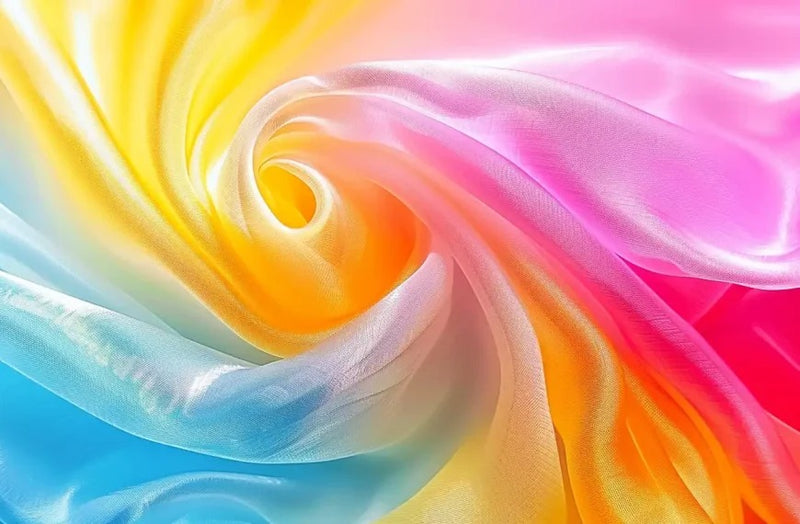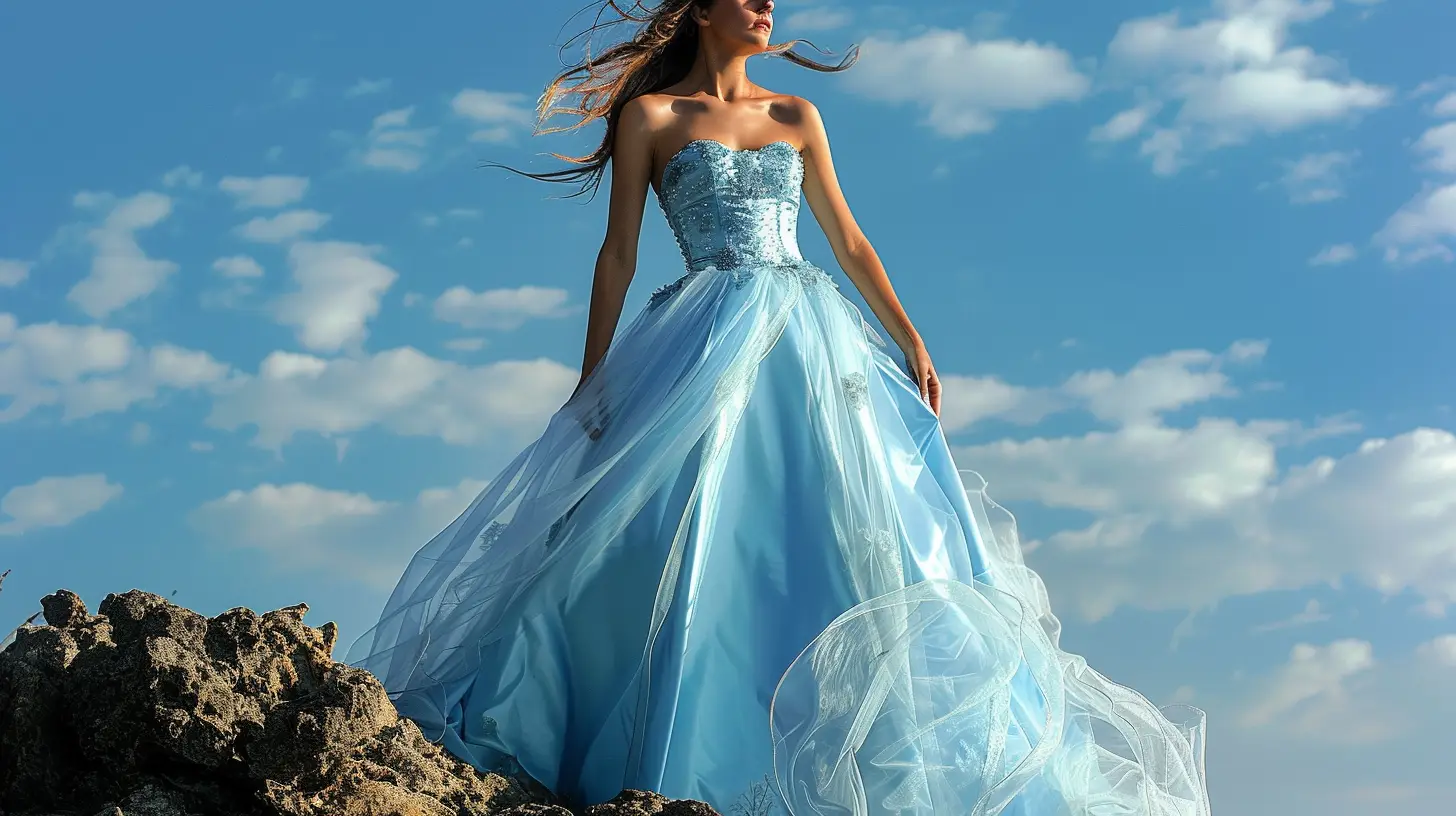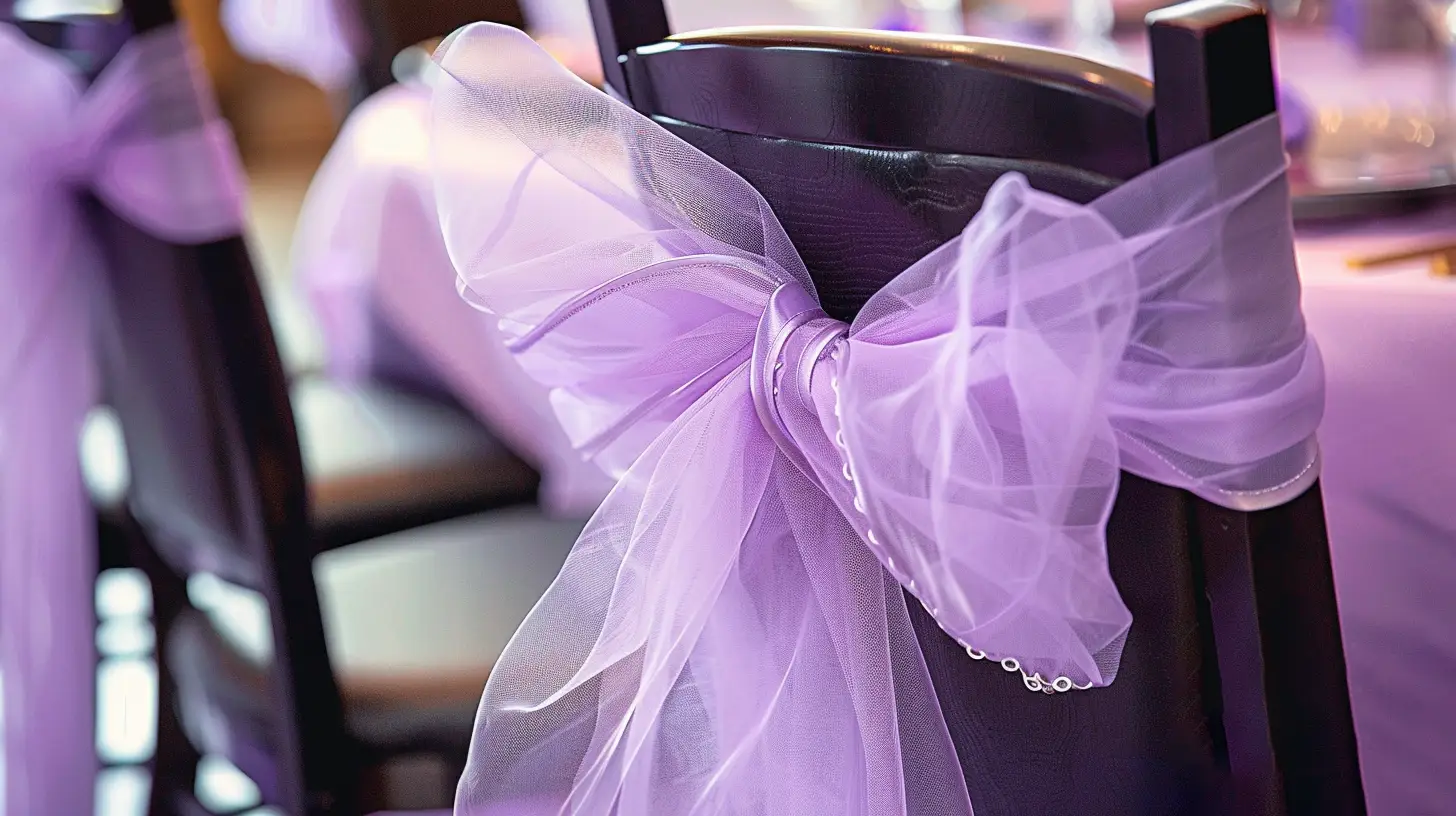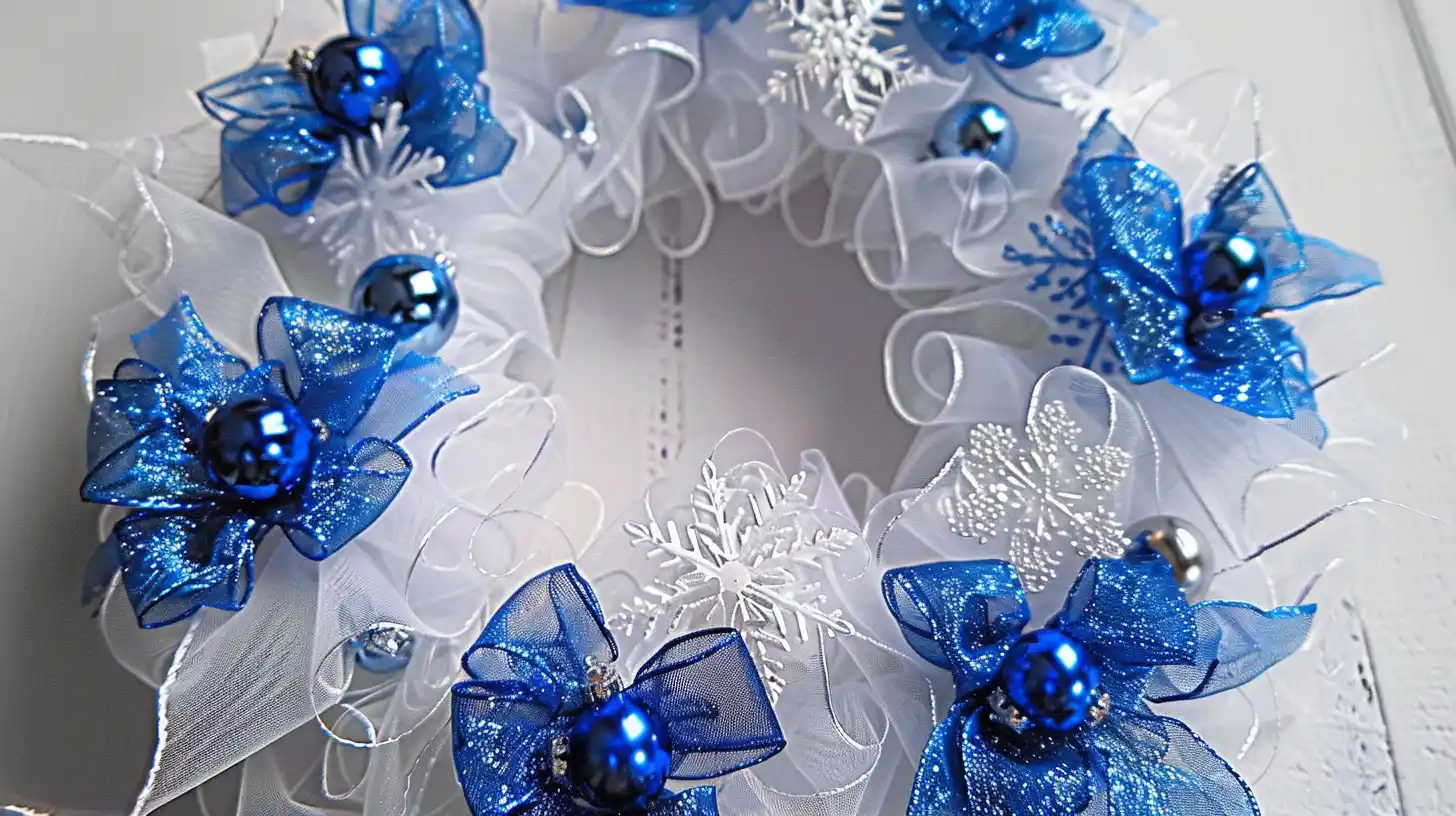
Have you ever wondered what makes organza fabric so unique? You might have seen it in high-end fashion stores or intricate craft projects.
With its transparent, lightweight, and delicate texture, organza is a favorite among designers and crafters. It‘s used in elegant wedding gowns, luxurious home decor, and a wide range of other applications. Its versatility and durability make it a popular choice.
Want to know more about the many uses of organza fabric and what makes it unique?
Historical Background of Organza Fabric
Organza fabric has a rich historical background rooted in traditional Chinese silk production. It was a prized fabric along the legendary Silk Road trade route, where it was traded to Europe from China. Traditional weaving mills are still located in Zhejiang province, China, where skilled artisans weave the fabric to perfection.
This historical background showcases organza's cultural significance, representing global trade, craftsmanship, and beauty in textile manufacturing.
As you explore organza's past, you'll appreciate the craftsmanship and quality that goes into creating this elegant fabric.
Characteristics of Organza Fabric
As you explore the characteristics of organza fabric, you'll notice the unique traits that set it apart from other materials.
Transparency and Sheerness
One of organza fabric's most prized characteristics is its exceptional transparency and sheerness. These allow light to pass through and create a luminous effect that elevates the aesthetic of any garment or decoration.
When working with organza, you'll notice how its transparency adds a delicate, ethereal quality to your creations. It's perfect for bridal wear, evening gowns, and formal attire.
Lightweight and Crisp Texture
What makes organza fabric ideal for creating stunning and romantic dresses and gowns is its incredibly lightweight and crisp texture. This not only adds luxury and a refined look to blouses and tops but also makes it suitable for formal occasions.
Its lightweight quality ensures you'll feel comfortable and confident all night long. Plus, the crisp texture adds a touch of sophistication, making it an ideal choice for bridal wear.
Smooth and Shiny Appearance
Organza fabric's smooth and shiny appearance will instantly elevate the glamour quotient of any garment or decor. Its luxurious look is perfect for creating elegant and sophisticated designs.
Whether you're a fashion designer, crafter, or DIY enthusiast, you'll love working with organza fabric's smooth, shiny, and luxurious texture.
Stiffness and Wrinkle Resistance
With its remarkable stiffness, organza fabric holds its shape beautifully. It's a top choice for creating structured, voluminous designs that add drama and flair to garments and decorative items.
The stiffness of organza also means it's naturally wrinkle-resistant, a huge plus for formal wear and special occasion garments. This combo of stiffness and wrinkle resistance lets you create stunning, structured designs that add volume and drama to any project.
Common Types of Organza Fabric
As you explore organza fabric, you'll find that it has many different types of organza. Here are some common types of it:
- Silk Organza: Made from silk fibers, this type is luxurious, soft, and has a natural sheen. It's the most traditional and high-end variety of organza.
- Nylon Organza: This is a synthetic alternative to silk organza. It's more affordable and durable, making it a popular choice for various applications.
- Polyester Organza: Another synthetic option, polyester organza is very strong, resilient, and less expensive than silk. It maintains a crisp texture and is often used in fashion and décor.
- Crystal Organza: Known for its sparkling appearance, it's often used in evening wear and special occasion dresses because of its glittery effect.
- Mirror Organza: This type has a glossy surface, almost like a mirror. It's used for dramatic and eye-catching designs.
- Shot Organza: This fabric is woven with two different colored threads, giving it an iridescent look that changes color depending on the angle of light.
- Embossed Organza: Features patterns pressed into the fabric, adding texture and visual interest without compromising the sheer quality.
- Embroidered Organza: This type is embellished with embroidery, adding intricate designs that enhance its beauty and elegance.
- Crushed Organza: Treated to have a wrinkled texture, offering a unique appearance and feel.
- Printed Organza: This has printed designs on the surface, adding color and pattern to the sheer material.
What Is Organza Fabric Used for? Common Uses
As you explore the world of organza fabric, you'll discover its versatility in various applications. From the fashion industry to crafts, organza's unique properties make it a popular choice for many projects.
Let's take a closer look at how organza fabric is used in these different areas.
Fashion Industry

In the fashion industry, organza fabric is a go-to material for creating breathtaking wedding dresses, bridal veils, and elegant evening gowns. Top fashion designers often use it to add a touch of elegance to their designs.
Like silk, organza fabric has a smooth, lustrous appearance that catches the light, making it perfect for evening wear. Its lightweight and sheer qualities make it ideal for creating flowing, draped effects that add drama to any outfit.
Home Decor

Incorporating organza fabric into your decor can instantly elevate your home's ambiance. Its airy, elegant texture adds sophistication to any room.
For a touch of elegance, use organza fabric to create beautiful curtains that filter the light and add a sense of refinement.
You can also use it to make stunning tablecloths and table runners, perfect for special occasions or everyday dining.
Additionally, organza fabric is ideal for crafting delicate and luxurious draperies that enhance the ambiance of a room.
Event Decorations

From elegant wedding receptions to lavish corporate events, organza fabric is often used to create an atmosphere of sophistication and refinement.
You can use it to create stunning event decorations that will leave a lasting impression on your guests. For instance, you can adorn tables with elegant table runners, add a pop of color with chair sashes, or create dramatic overlays to transform the event space.
Organza fabric is also perfect for crafting decorative accents like bows, ribbons, and floral arrangements that add a touch of elegance to your event.
With its transparent and lightweight nature, organza fabric can help you create a dreamy and romantic setting.
Crafts and DIY Projects

Frequently, crafters turn to organza fabric to add an air of sophistication to their handmade creations.
Its lightweight and sheer nature makes it perfect for embellishing gifts, accessories, and home decor items. You can easily manipulate organza into various shapes and forms, making it a versatile choice for creative projects.
Whether you're making hair accessories, gift wrapping, or decorative items, organza fabric adds a luxurious touch to your DIY creations.
Care and Maintenance of Organza Fabric
When caring for your organza fabric, take special precautions to maintain its delicate nature. Follow specific washing and ironing guidelines to prevent damage, and store your fabric correctly to keep it looking its best.
Washing and Ironing Guidelines
How do you ensure your delicate organza fabric remains pristine and damage-free after multiple uses?
When washing, hand wash it in cold water to prevent damage and maintain its delicate texture. Avoid twisting or wringing the fabric to prevent stretching or distortion.
For ironing, use low heat with a pressing cloth to avoid scorching or melting the fabric. Remember, it's crucial to take extra care when washing and ironing organza to maintain its crisp appearance.
Storage Tips
After ensuring your organza fabric is clean and pressed, it's time to store it properly to maintain its delicate texture and appearance.
Keep your organza fabric in a cool, dry place away from direct sunlight to prevent color fading. Avoid storing it near perfumes or lotions, which can cause discoloration and odors.
Roll your organza fabric instead of folding it to prevent creases and wrinkles. Store your fabric in airtight containers or plastic bags, protecting it from dust, moisture, and insects.
Conclusion
You've now better understood organza fabric and its many uses. From adding a touch of elegance to bridal dresses to crafting beautiful decorative items, organza is a versatile fabric that can elevate any project.
With its lightweight, sheer texture and durability, it's no wonder it's a favorite among fashion designers and crafters alike. Whether you're a seasoned pro or a beginner, organza is definitely a fabric worth exploring.
Learn more fabric knowledge at Longan Craft Blog! Dive into the fabric world with Longancraft!
FAQs
Is organza soft or stiff?
Organza fabric is stiff, not soft, giving it structure and volume. Its stiffness allows it to hold its shape well. So, it's perfect for creating dramatic silhouettes in dresses and decorative items.
What can I create with organza fabric?
You can create stunning wedding dresses, evening gowns, and formal wear with organza. You can also use it for decorative accents, home decor, gift wrapping, and craft projects.
What are the distinctions between organza and chiffon?
Organza is crisp and transparent, perfect for structured designs. Chiffon is soft and flowy, ideal for draping and airy garments.
Does organza wrinkle easily?
Yes, organza fabric wrinkles easily due to its delicate nature. But don't worry. Proper handling and storage can reduce wrinkles. You can even remove them with low-heat ironing and steaming.

0 comments